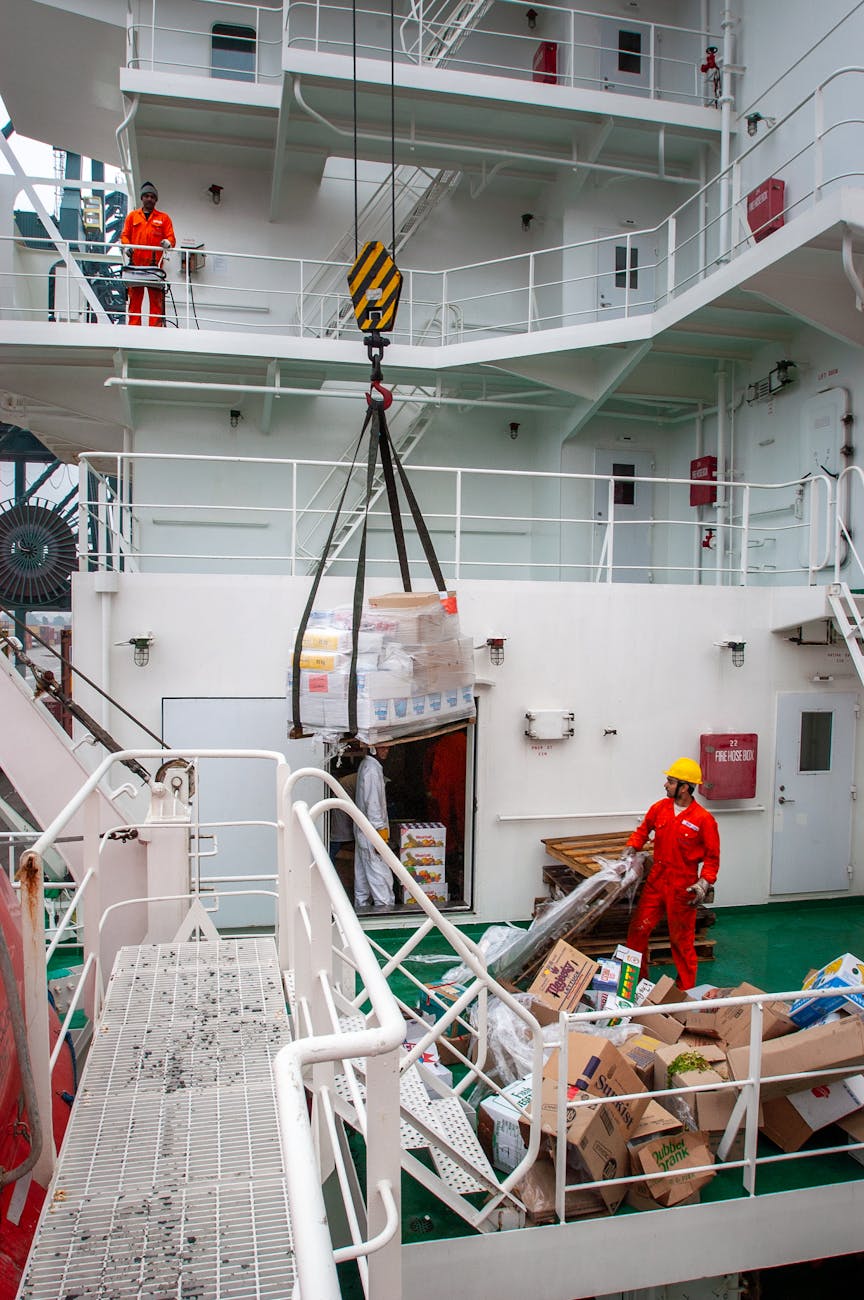
Tandem Lifting Risk Assessment
Introduction
Tandem lifting is a crucial operation in heavy lifting industries like construction, oil & gas, and shipbuilding. However, it comes with significant risks that can lead to catastrophic failures if not properly managed. A comprehensive risk assessment ensures safety, prevents accidents, and improves efficiency.
Understanding Tandem Lifting
Tandem lifting involves using two or more cranes to lift and maneuver a single load. This technique is necessary for lifting oversized or extremely heavy objects that a single crane cannot handle alone.
Common Industries Using Tandem Lifting
- Construction: Lifting large beams or precast concrete sections
- Oil & Gas: Moving heavy refinery components
- Shipbuilding: Handling large vessel sections
Key Risks in Tandem Lifting
Load Imbalance and Control Issues
If one crane moves faster than the other, the load can shift unexpectedly, leading to loss of control.
Communication Failures
Miscommunication between operators can result in unsynchronized movements, causing damage or injury.
Equipment Failure
Mechanical issues such as hydraulic failures or lifting hook malfunctions can result in dropped loads.
Environmental Factors
Wind, rain, or unstable ground conditions can make tandem lifting operations unsafe.
Importance of Risk Assessment in Tandem Lifting
A structured risk assessment minimizes hazards and enhances efficiency by:
- Ensuring compliance with OSHA and industry safety regulations
- Preventing injuries, fatalities, and costly damages
- Improving workflow and coordination among teams
Step-by-Step Process of a Tandem Lifting Risk Assessment
1. Identifying Hazards
- Load Analysis: Determine weight, center of gravity, and load stability.
- Ground Conditions: Ensure solid and level ground support.
- Operator Competency: Verify operators’ experience and certifications.
2. Evaluating Risks and Their Impact
- Assess the severity and likelihood of potential incidents.
- Identify worst-case scenarios and their impact on operations.
3. Implementing Control Measures
- Conduct pre-lift planning and coordination meetings.
- Use only certified and well-maintained lifting equipment.
- Utilize real-time load monitoring to ensure balance.
4. Continuous Monitoring and Improvement
- Regular inspections and audits to refine safety measures.
- Adapt risk assessment protocols based on past incidents.
Best Practices for Safe Tandem Lifting Operations
- Assign qualified and experienced personnel for the job.
- Use radio communication systems for precise coordination.
- Conduct pre-lift safety briefings before every operation.
- Have emergency response plans in place for unexpected failures.
Common Mistakes and How to Avoid Them
❌ Skipping Pre-Lift Planning → Always conduct a detailed risk assessment.
❌ Ignoring Environmental Conditions → Check wind speed, ground stability, and weather forecasts.
❌ Lack of Coordination → Ensure proper communication and role assignments.
Case Study: Real-Life Incident and Lessons Learned
In a shipyard tandem lift gone wrong, one crane lifted slightly faster than the other, causing the load to swing uncontrollably. The imbalance led to a load drop, damaging equipment and delaying the project.
🔹 Lesson Learned: Real-time load monitoring systems could have prevented the incident.
Regulatory Compliance for Tandem Lifting
- OSHA (Occupational Safety and Health Administration) mandates proper training and risk assessments.
- LOLER (Lifting Operations and Lifting Equipment Regulations) ensures crane and load safety compliance.
- Industry-Specific Guidelines apply in construction, oil & gas, and manufacturing sectors.
Conclusion
Tandem lifting, while essential for heavy load operations, requires careful risk assessment to ensure safety and efficiency. By implementing proper planning, communication, and monitoring, industries can minimize risks and enhance operational success.
Tandem Lifting Vs Critical Lifting
Mobile Crane Safety Interview: 50 Questions and Sample Answers
Boom Truck Safety Interview: 50 Questions and Sample Answers
Tower Crane Safety Interview: 50 Questions and Sample Answers
Forklift Safety Interview: 50 Questions and Sample Answers
FAQs
1. What is the main challenge in tandem lifting?
Coordinating multiple cranes to maintain load balance and stability.
2. How often should a tandem lifting risk assessment be conducted?
Before every tandem lifting operation, with periodic reviews based on incidents.
3. Can any crane be used for tandem lifting?
No, only certified and compatible cranes should be used.
4. What are the main qualifications for a tandem lifting operator?
Operators must have specialized training, certifications, and experience.
5. How does weather affect tandem lifting operations?
Wind, rain, and unstable ground can compromise load stability and crane performance.
Thanks for your dedicated work to provide adequate knowledge retention programs for Safety officer professionals